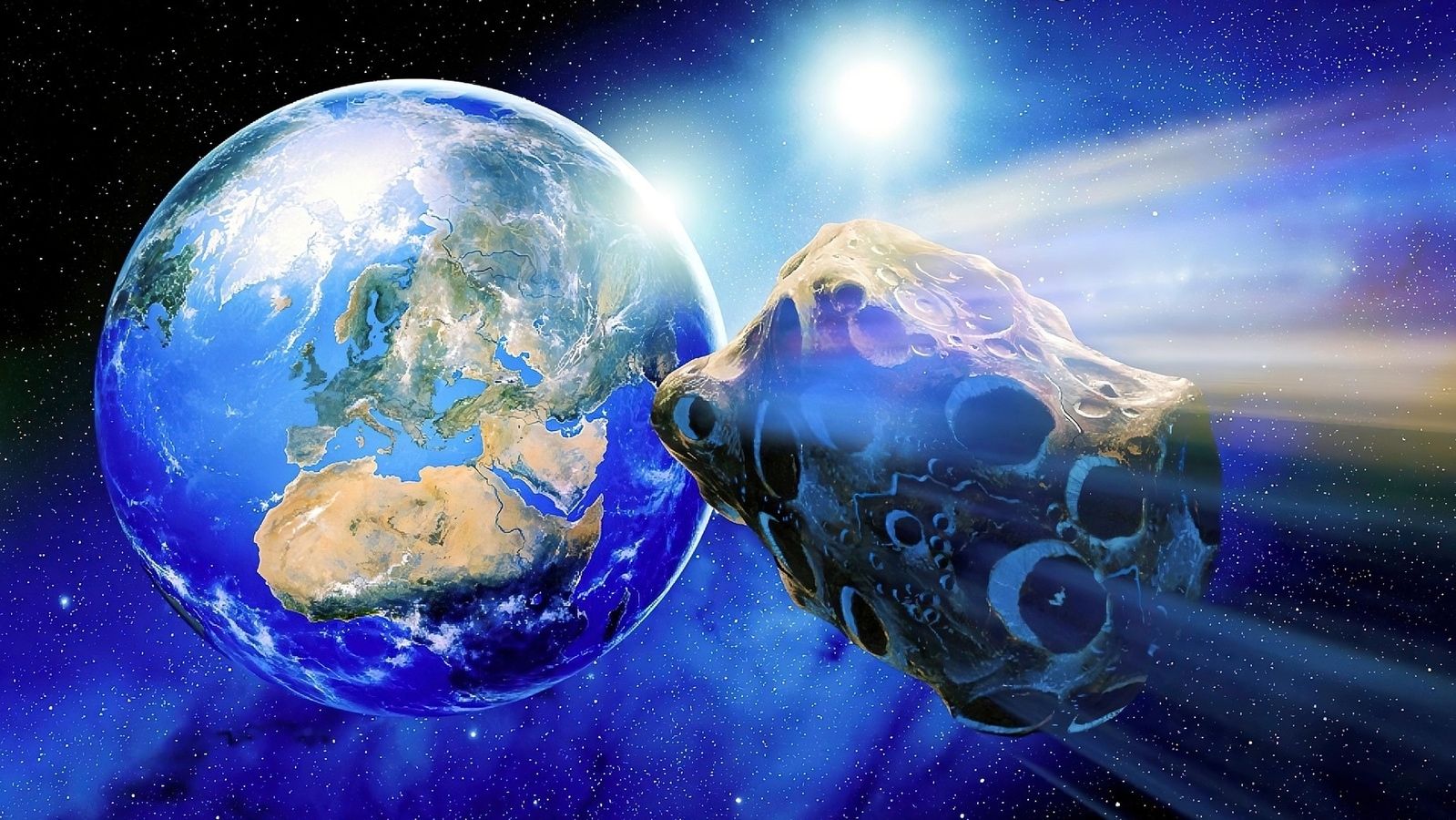NASA warns that a huge 115-foot wide asteroid will be coming dangerously close to the Earth today, October 22.
It appears that the Earth cannot possibly escape from the constant onslaught of asteroids. Lately, we have been witnessing an increased number of asteroids making their way towards the Earth. These asteroids are not kilometers-wide gigantic space rocks that can cause another mini ice age, but they are still large enough that if they smashed against our planet they can easily flatten a large surface area. One of them, a 115-foot wide death rock, is approaching dangerously close to the Earth today, according to reports by NASA. The Earth has been lucky so far, but will it avoid an asteroid strike again today? Read on to find out.
Big asteroid to approach the Earth today
The Planetary Defense of NASA is made up of multiple departments, all of which are tasked with monitoring the Near-Earth Objects (NEO). These departments include Center for Near Earth Objects Studies (CNEOS), Jet Propulsion Laboratory (JPL) and Small-Body database. The cumulative data from these departments has revealed quite a bit about this space rock. The asteroid is named 2022 RB5. It was first discovered in May 2022, and hence the four digit number in its name. The 115-foot asteroid will be coming as close as 4.5 million kilometers to the Earth. While that may seem like a large distance, traveling at a speed of 19152 kilometers per hour, it can close that gap within days in case there is a last moment deflection.
However, the prediction by NASA at the moment is that there is very little chance that 2022 RB5 will strike the Earth. It is expected that the asteroid will make a safe passage. However, various instruments will be monitoring it till it is at a safe distance from us.
How NASA tracks near-Earth objects
Ever since NASA understood the risk of the near-Earth objects (NEO), it has dedicated itself to track and monitor as many space rocks in the inner circle of the solar system as possible. Using the prowess of JPL and Wide-field Infrared Survey Explorer (WISE) telescope, the US space agency collects data for over 20,000 asteroids.
-Travo News
for More
Like and Subscribe


